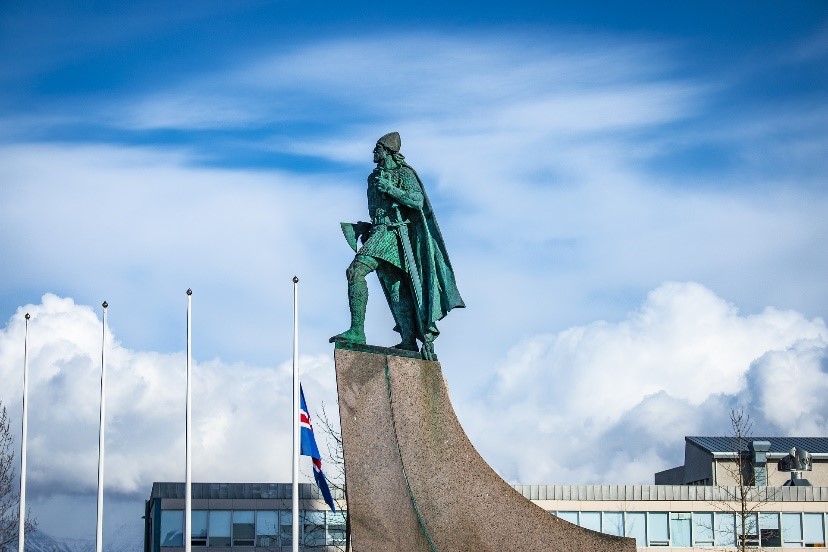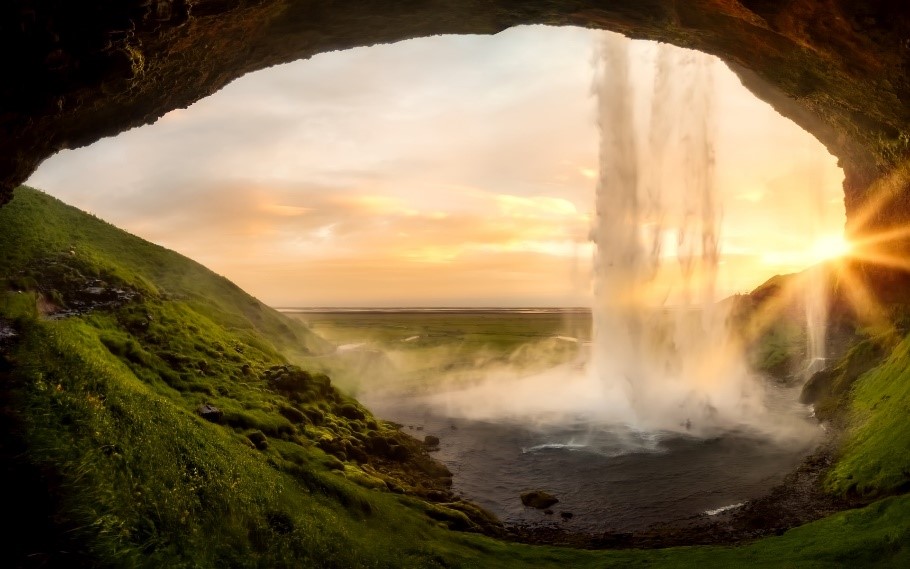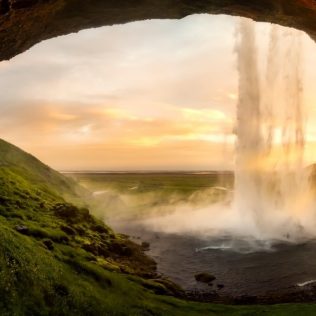Iceland gets a bank holiday from the first day of summer, also known as Sumardagurinn fyrsti, in the old Norse calendar made by the Vikings. The old Norse calendar only has two months, a summer month called Harpa and a winter month called þorri – each lasting six months by our current calendar – and is surprisingly accurate when looking at the seasons. Noticeable changes will be happening each day, the equinox has already happened and each day will be rapidly becoming longer, the time it becomes dark gets later and later.

The first day of summer is on the Thursday between the 18th and 25th April each year, on the Wednesday of that week the Vikings would put out a dish of water and if it froze in the night it was a good omen that winter and summer would ‘freeze together’. In Iceland the seasons are rather clearly cut when looking at weather records, around two weeks either side of the first day of summer by the Norse calendar standards the temperature begins to increase, and as during winter months there is a consistent average of around the freezing point it makes a very small change to have very visible results such as the snow melting and plants begin to grow and blossom.

Icelanders do love their sunlight and take summer celebrations very seriously, on this bank holiday many businesses will have special offers – some pools may offer free admission – and parades will be held to make the event a real occasion. It is possible you would spot a few Icelanders in shorts and t-shirts (which you can guess from the general weather is very rare), sometimes the weather may not have improved and still be quite cold but you will still see people in summer outfits purely out of principal.







